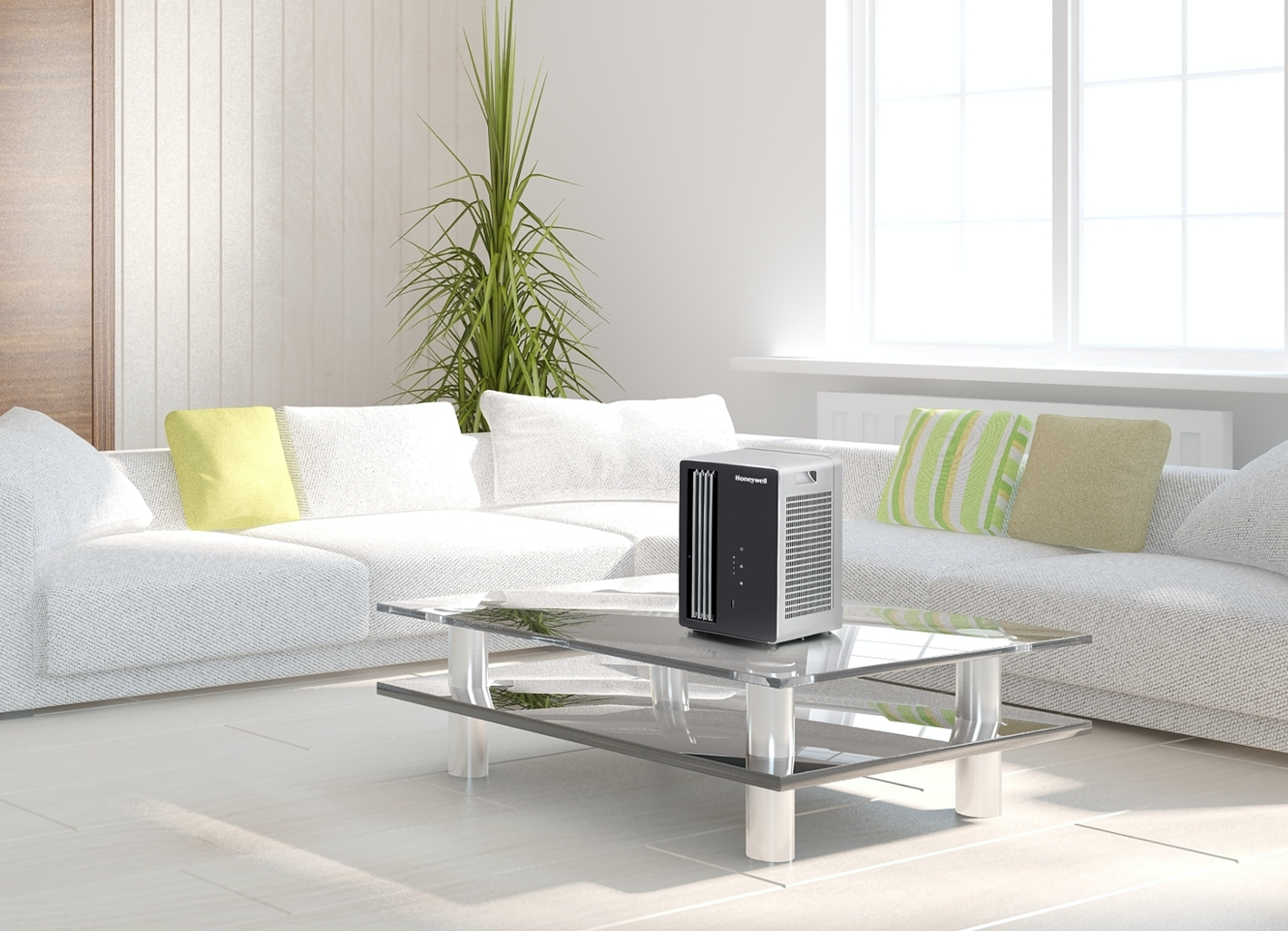Modern vs Contemporary Design. What’s the Difference?
2021.02.04
It is undeniable that distinguishing the difference between a modern and contemporary design is very difficult. This is because to an untrained eye, they both have similar aspects.

Understanding What Makes Them Look The Same
Both architectural, interior and furniture designs utilise open layouts, maximilalist space and lots of natural light. They emphasise the importance of minimal decoration and less clutter.
So what makes the design styles different? They originated at different time periods.
The History Of Modern Design
Modern designs reflect the modern movement of the 20th century, starting from around the 1900s to 1920s. The movement originated from the German Bauhaus School of design where they focused on maximum function and minimal features. They wanted to develop new cultural norms, in a generation that used over the top styles before like heavy textures, carvings and wood tones.
Even though Art Deco from the 1920s is considered modern, mid-century modern designs from between the 1950s and 1960s are the most popular choice of styles today. After that you had the later modernism and postmodernism design movements. Then the modern movement eventually evolved into a more contemporary style in the late 1970s.
The History Of Contemporary Design
Now this is hard to define, because contemporary design represents present trends and styles, reflecting what is popular today. In the 1970, contemporary design was born and since then has continuously evolved. What would be considered contemporary design 45 years ago, would now be considered to be vintage, and will keep evolving.
How You Can Start To Notice The Difference
The easiest way to look at an architectural, interior or furniture design and work out whether it is modern or contemporary, look at the lines used for the shape.
Modern design makes use of straight, sharp lines, whereas contemporary designs have sweeping and bold curves.
Styling A Contemporary Home
Use minimal furnishing that allows the features in the room to be more noticeable and bold. The room should not be cluttered, you want to achieve a calm and collected space with a neutral colour palette. Furniture should be clean and inviting, such as Jacobsen’s Egg Chair, Wegner’s Shell Chair, Eames Eiffel Chair or the Saarinen Tulip Table. New age materials are essential, so look for pieces that use glass, metal, fibreglass, etc.
Contemporary style is individual and isn’t uniform, so if you like being able to add your own flare to a design style, this would suit you.
Styling A Modern Home
Focus on minimal clutter, maximum function, straight lines and open features. The style often uses a mixture of traditional and current materials, so you will see designs mixing metal with leather, wood with plastic. Furniture should be crisp and functional, look for designs like Ludwig Mies Van Der Rohe’s Barcelona Chair, Isamu Noguchi Tribeca Coffee Table and Marcel Breuer’s Wassily Armchair.
Introducing Soft Contemporary
Now that we’ve explained contemporary and modern, we can discuss soft contemporary. It sets out to protect designs from trending influence that may become outdated, so more traditional materials are chosen over modern day materials. You will see more wood to achieve a cosier and ambient environment.
In summary, to notice the difference between a modern and contemporary design, simply look at the lines used. Curvaceous is contemporary and straight is modern.
More Articles
Copyright © Fooyoh.com All rights reserved.